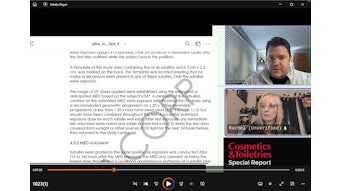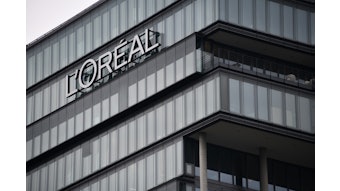
The global regulatory climate in the personal care industry is in flux—according to experts at the in-cosmetics Global 2018 pre-show conference, “Cosmetic regulations: Europe and the World,” the European example may be inspiring much of this shifting.
Global Frameworks
According to Annelie Struessmann, Ph.D., Technical Regulatory Director, CONUSBAT Regulatory Services, the world’s personal care regulatory bodies are moving toward a European-esque framework, the most common components of which being substance regulations and PIF/safety assessment.
“I find it a success—it is a very sound process, very transparent, and that is for me the reason why substance regulations are so successful,” said Struessmann during her presentation, “European Union - Key regulatory modules in the EU’s cosmetics framework, steps towards compliance and their acceptance in worldwide markets.”
What to Consider
In his presentation, “China - Comparing EU compliance modules with transitioning cosmetic regulations: China, Taiwan, India, Israel, Russia and Australia,” Gerald Renner, Ph.D., Technical Regulatory Affairs Director, Cosmetics Europe, described the regulatory modules to help determine if it will be easy or difficult to put a product on the market:
- Scope & Definition—What laws will be affected?
- Good Manufacturing Practice (GMP)—Which standards, and are they necessary?
- Product Management—Weighing if a product requires registration versus notification.
- Ingredient Management—Does the ingredient need labeling, or to undergo systematic pre-market registration?
- Product Information/Safety Assessment—Can safety assessment be in-house, or submitted?
- Animal Testing—Can acceptable alternatives be used?
- Claims—Are there any general or specific requirements?
- Cosmetovigilance—What are the obligations for the industry?
The regulatory pre-show conference took place on April 16, 2018, in Amsterdam.










